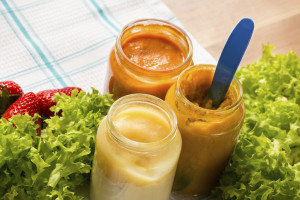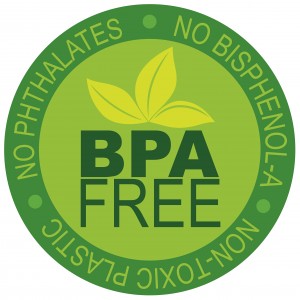
Great, Healthy Home-Made Foods to Start Your Baby on Solids
The recent news report about a small piece of glass having been found in a jar of Beech-Nut baby food is enough to send chills down a new mom’s spine.
What if you want to be sure about the quality control in the food you’ll feed your 6-month-old when that time comes? What if you want to prepare your own baby foods?
Read More
